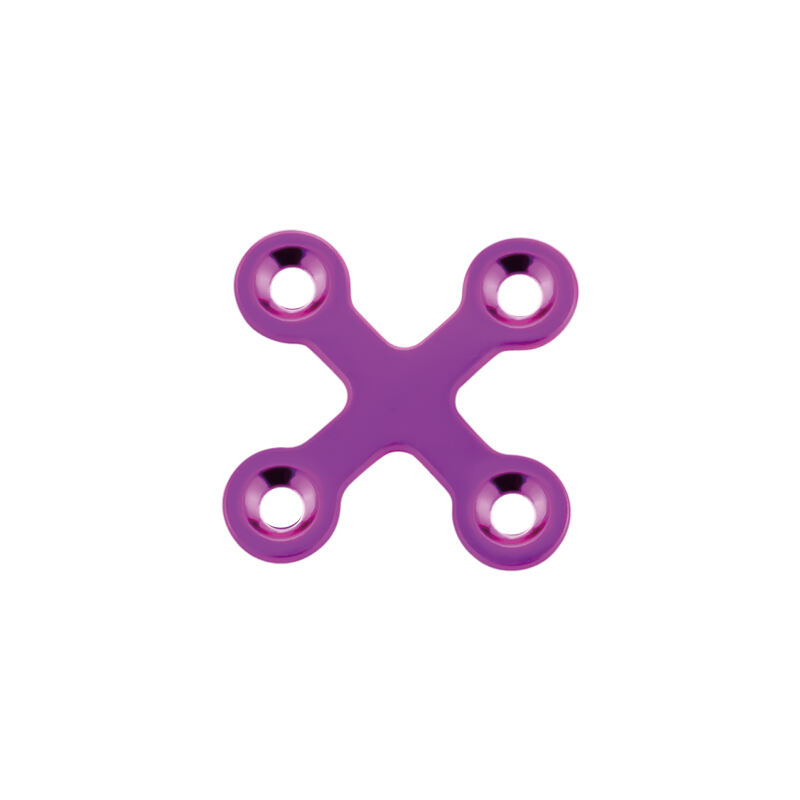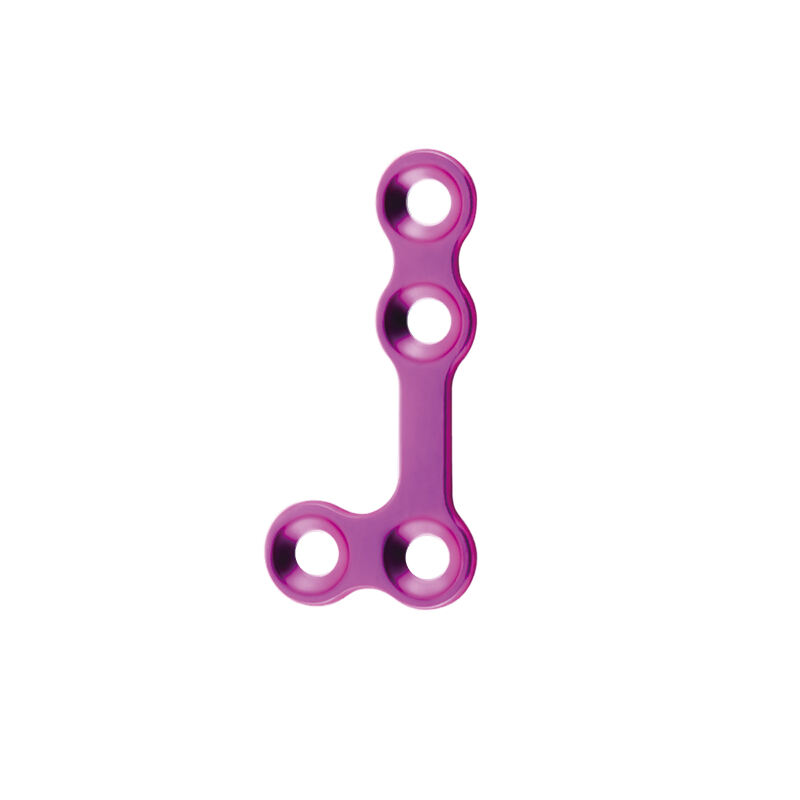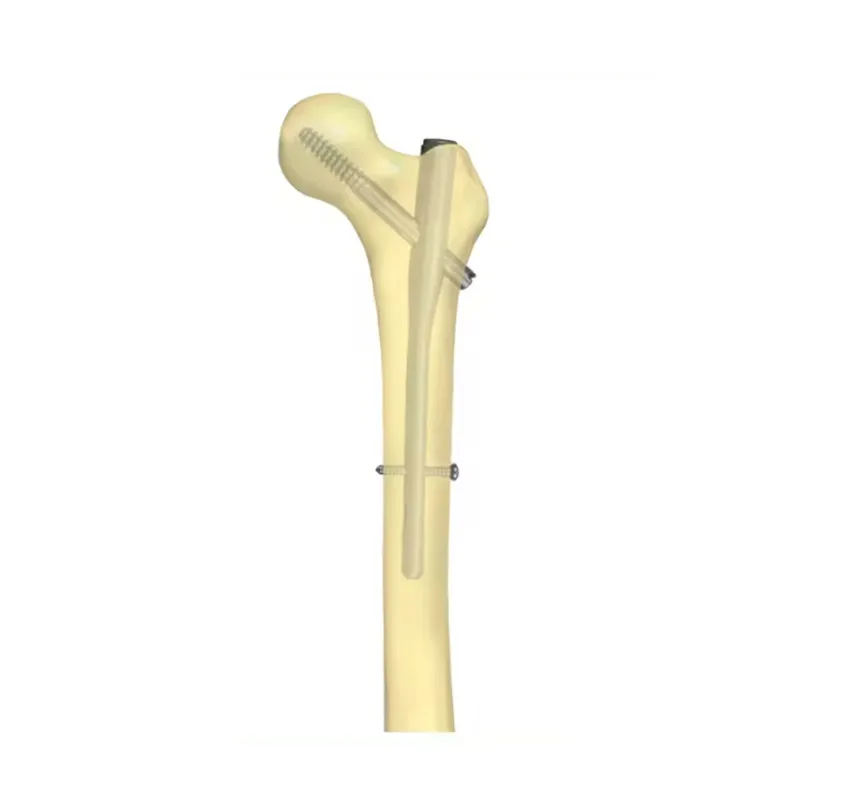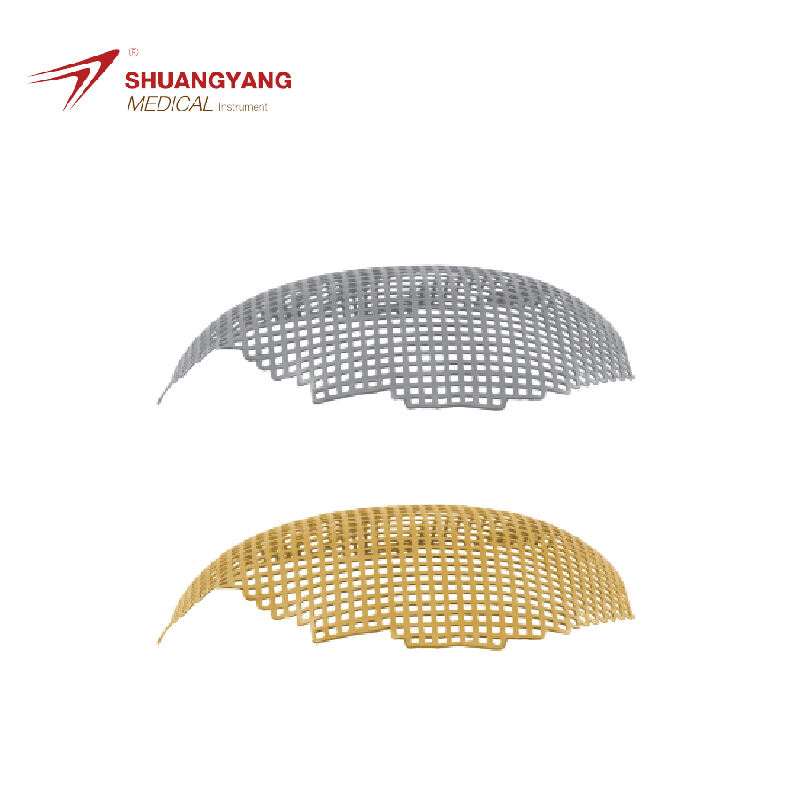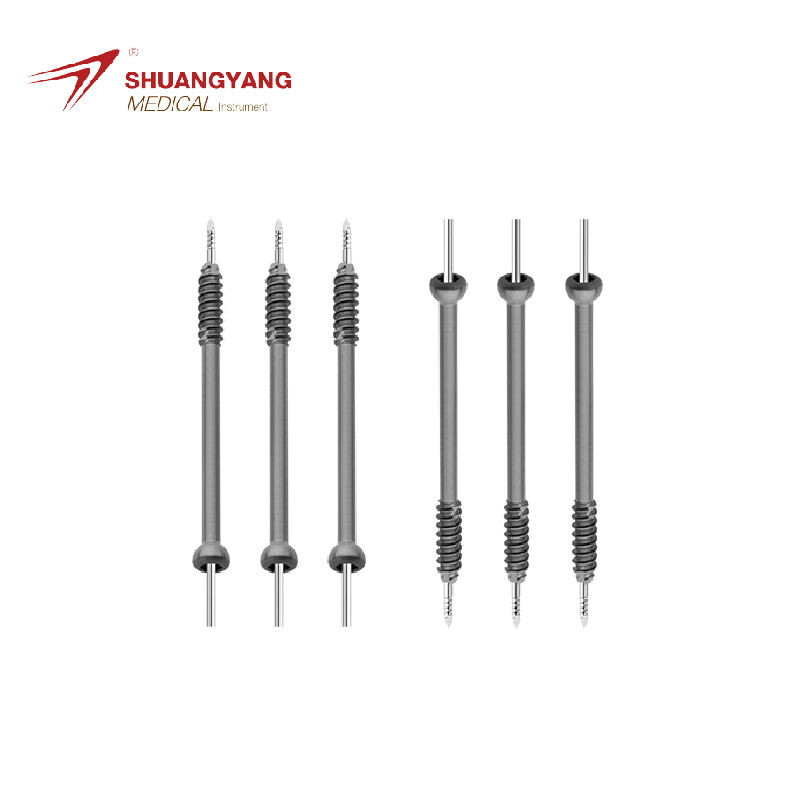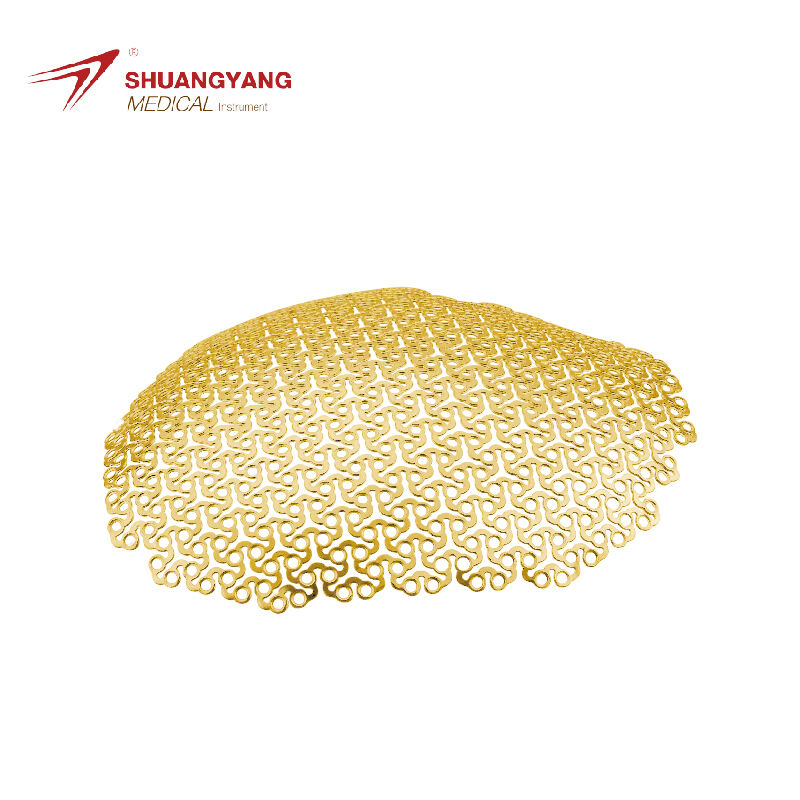intramedullary nail femur surgery
Intramedullary nail femur surgery is a minimally invasive procedure designed to stabilize fractures of the femur, or thigh bone. The main function of this surgery is to realign the bone and maintain its position while it heals. Technological features include the use of a specially designed metal rod, known as an intramedullary nail, which is inserted into the marrow canal of the femur. This nail is equipped with locking screws that provide stability and allow for the accurate reduction of the fracture. Applications of intramedullary nail surgery are widespread and include the treatment of simple and complex femoral fractures, as well as certain types of bone tumors. The procedure is often preferred for its ability to handle various types of femur fractures with minimal soft tissue damage.
 EN
EN
 FR
FR
 ES
ES
 AR
AR


